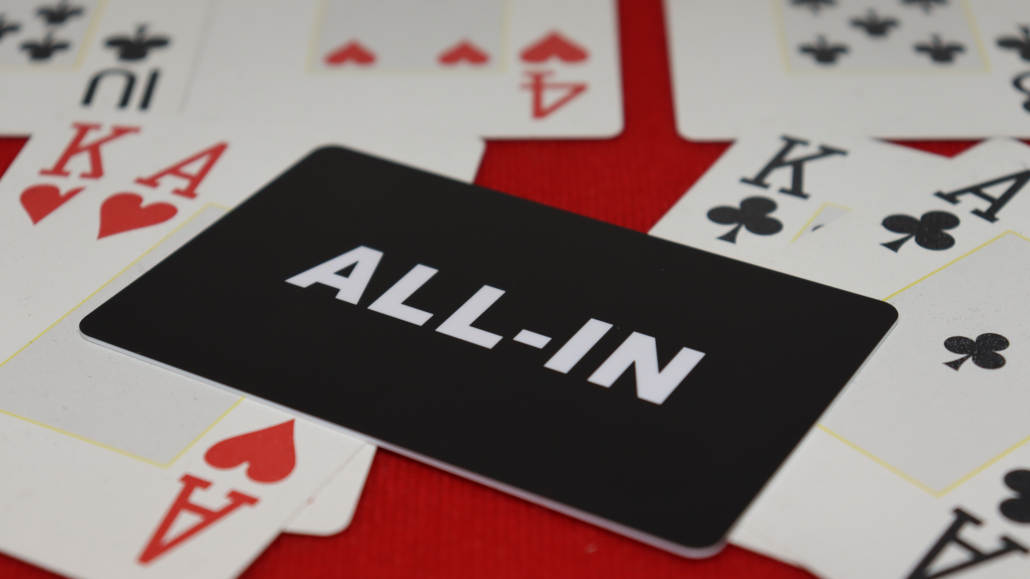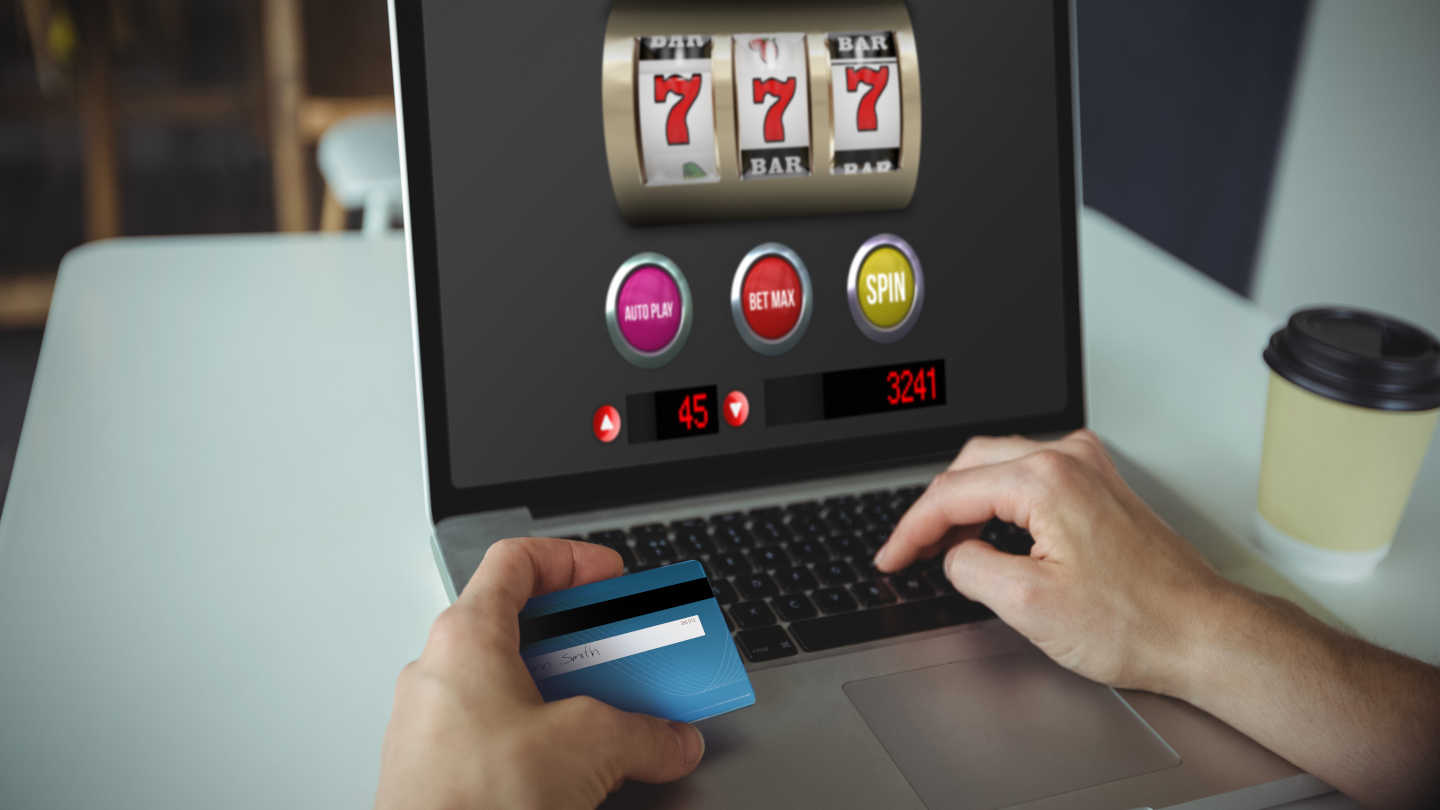When Is the Right Time to Go All In?

3 minutes
Last Updated: April 24, 2023
Poker is a game of statistics. A solid understanding of probability can help determine the winning percentage in every hand. It can also help you figure out what your opponents might be holding and act accordingly.
After the flop, a player has to decide how they want to proceed, and moving all in is often an option. However, this is a big undertaking in any poker game. A player risks his entire stack, which could backfire if any competitor has a strong hand to call with.
But with high risks come high rewards, and winning an all-in bet can double the stack. Poker sites for US players will present you plenty of opportunities to go all-in, so let's take a look at some potential scenarios and how we would approach them.
Bailing Out of an Ill-Advised Bluff
There’s a temptation to betting the entire stack if the cards are terrible in the first place by trying to pull off the perfect bluff.
This situation often comes after an emotional decision to stay in the hand despite knowing better, which is dangerous when an opponent can read the thought process.
A competitor goes all in to plant the idea of having a high chance of winning the hand. But being blind to what other players are holding can be disastrous.
Having the Biggest Stack on the Table
Nothing gives supreme confidence as having all other players at the table covered. Going all in with in this scenario is a threat to everyone else at the table, as they have to risk their entire stack if they want to look you up.

However, this approach can easily backfire. Players will only take a certain amount of pressure before they decide to take a stand, especially if you start overdoing it.
They’ll soon realize that you are moving all in with a variety of poker hands, encouraging them to look you up with weaker holdings.
When Working on a Small Stack
There’s much sense in going all in if you have less than 15 big blinds left. Going for a standard raise in these situations can become tricky, as your stack to pot ratio will be small if anyone decides to call and see the flop.
Putting all chips on the line is alluring because it gives you an opportunity to double your stack and put you right back into the game. It also alleviates the pressure of having to navigate later streets and make close decisions.
Holding Cards With High Winning Percentages
Being dealt a high pocket pair or two high ranking cards like AK or AQ will often present an opportunity to move all-in.

As the tournament progresses and your stacks dwindles, you should be ready to lower your standards. When sitting on a low number of big blinds, decent pairs and suited face cards will usually be more than enough to get all the chips in the middle.
Often, you’ll be able to win what’s in the pot without even going to a showdown. When your opponents do look you up, you’ll still have a fair bit of equity to try and win the hand.
When an Opponent Is One Card Away from Winning
Guessing what opponents hold can help poker players work through a hand. If they feel like one of them is waiting for a card to complete a strong winning hand, he might go all-in before that card comes during the turn or the river.
Putting a maximum pressure on your opponent when you believe they’re drawing is usually a good decision. Even if your holdings aren’t that strong, you’ll seize the initiative and make it very hard for them to continue chasing when they’re not getting the right price.

















